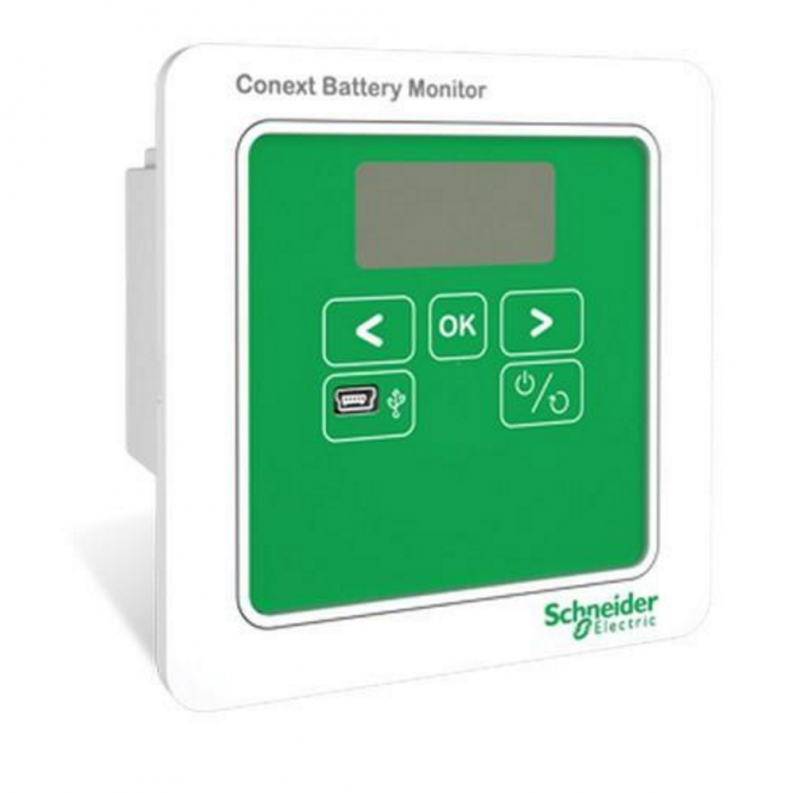

Please view the manual/datasheet for further information on the module's operation.ĭual Solid State Relay (SSR) outputs, 60V 500mA max Lithium battery packs should be manually balanced when first assembled. This battery monitor does not handle active balancing of cells. If higher accuracy is required, please consider our BMS12 product. Screw terminals instead of plugs and sockets, for faster installation.ģD printed plastic housing for mechanical and weather protection. Latching power supply: If any cell voltage goes below 2.0V, the module will switch its own power supply off to avoid any further drain on cells. However we can provide the boards with custom voltage thresholds or other behaviour (latching outputs, different hysteresis, etc) if needed - please contact us to discuss. This product is not recommended for other lithium chemistries (such as LiPo, NMC, etc) since they have a much tighter voltage window between “fully charged” and being damaged, so the voltage measurement accuracy of this product is not high enough. The HV output will be disabled if any cell exceeds 3.8V, and re-enabled once the cell recovers below 3.4V.ĭefault voltage thresholds are to suit LiFePO4 chemistry batteries. Compatible with most Lithium, Lead Acid, and Lithium Iron Phosphate. The default behaviour is momentary action outputs with hysteresis - that is, the LV output will be disabled if any cell goes below 2.5V, and re-enabled once the cell recovers above 3.0V. The Powerwerx BVM-100 is a voltage-based battery capacity meter that acts like a. There is also a bicolour LED for visual status feedback.


This tiny board monitors the voltage of up to 8 LiFePO4 cells and uses dual onboard Solid State Relays to signal when all cells are within safe voltage range (no cells overvoltage and no cells undervoltage). Therefore a battery management system is required to monitor individual cells voltages and respond if any cells go out of range. In battery packs built from many cells, the overall pack voltage offers no guarantee of individual cells remaining within safe voltage range. Lithium batteries have been a revolution in energy storage, but can be easily damaged if overcharged or over-discharged.


 0 kommentar(er)
0 kommentar(er)
